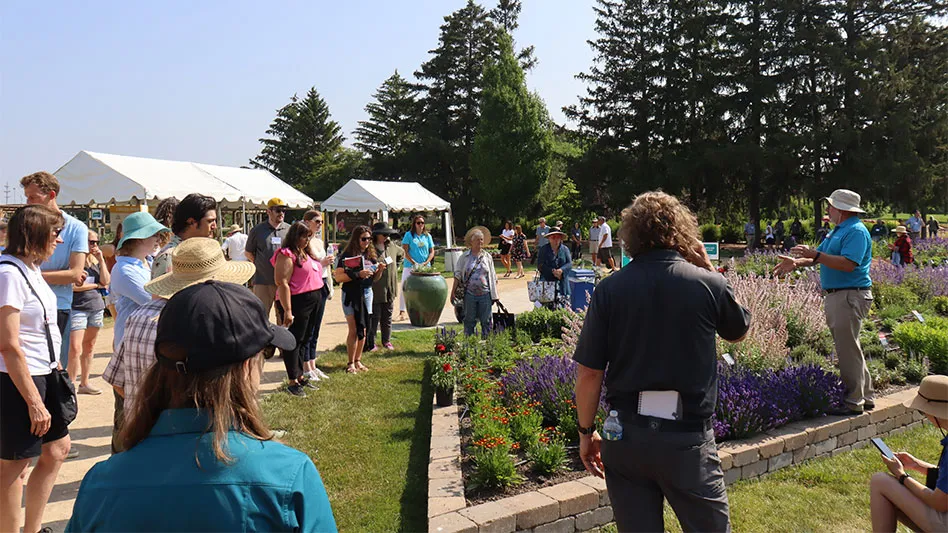

I am continually astounded by the beauty and diversity of Kingdom Plantae. It is no wonder that so many gardeners are passionately driven to expand their knowledge of plants and to increase their collections of flora from exotic places around the world. This new column, appropriately named Flora Exotica, aims to introduce you to some of the most intriguing, beautiful, and rare plants our planet has to offer. I don’t know whether you’ve noticed, but houseplants are a big deal these days. This new generation of “plant parents” is looking for botanical treasures to beautify their living spaces and impress their friends on social media. They are avid collectors willing to spend some serious cash on rare and unusual plants. They show off their indoor jungles to the world on Instagram and Tik Tok, and many of these young, intrepid plant lovers really possess serious knowledge about horticulture. If nothing else, I hope this column helps to entertain you, educate you, and perhaps prevent you from getting schooled by your 15-year-old niece about aroid reproduction next Christmas.

The first plant I would like to introduce you to is Begonia ferox. Ferox translates to “ferocious” in Latin, and this begonia certainly looks ferocious, though in this case looks are a bit deceiving. The mature ovate leaves of B. ferox are green and covered with pointy cone-shaped spikes called bullae. These spikes are dark red, almost black, covering the surface of the leaves. With magnification, each spike has a tiny red tip with a protruding white hair which eventually falls off. Young plants and leaves do not have the spikes initially, but the spikes develop as the leaf matures. Begonia ferox is rhizomatous, with a creeping rhizome about 1 cm thick. New leaves sprout from nodes along the rhizome. The plant is monoecious, having both male and female flowers on the same individual. Male flowers are pinkish-yellow while female flowers are pinkish-white.

Begonia ferox was not discovered until 2011 and published in 2013 by C. I Peng and Yan Liu. It is native to the limestone karst regions of Guangxi Province in Southwestern China and was found growing at an elevation of 130 meters. Guangxi is notably one of China’s warmest regions with high humidity and lush broadleaf evergreen forests. I have been growing B. ferox for several years. I acquired a single leaf from a friend and propagated it from leaf vein cuttings which rooted easily. It is not easy to grow. It must have high humidity and does well in a terrarium. Well-drained alkaline soil is essential, as well. We just planted our first large crop in containers, and time will tell how well they do. We have a lot to learn about the horticultural production of this fabulous plant, but I am excited about the possibilities!


Explore the February 2022 Issue
Check out more from this issue and find you next story to read.





